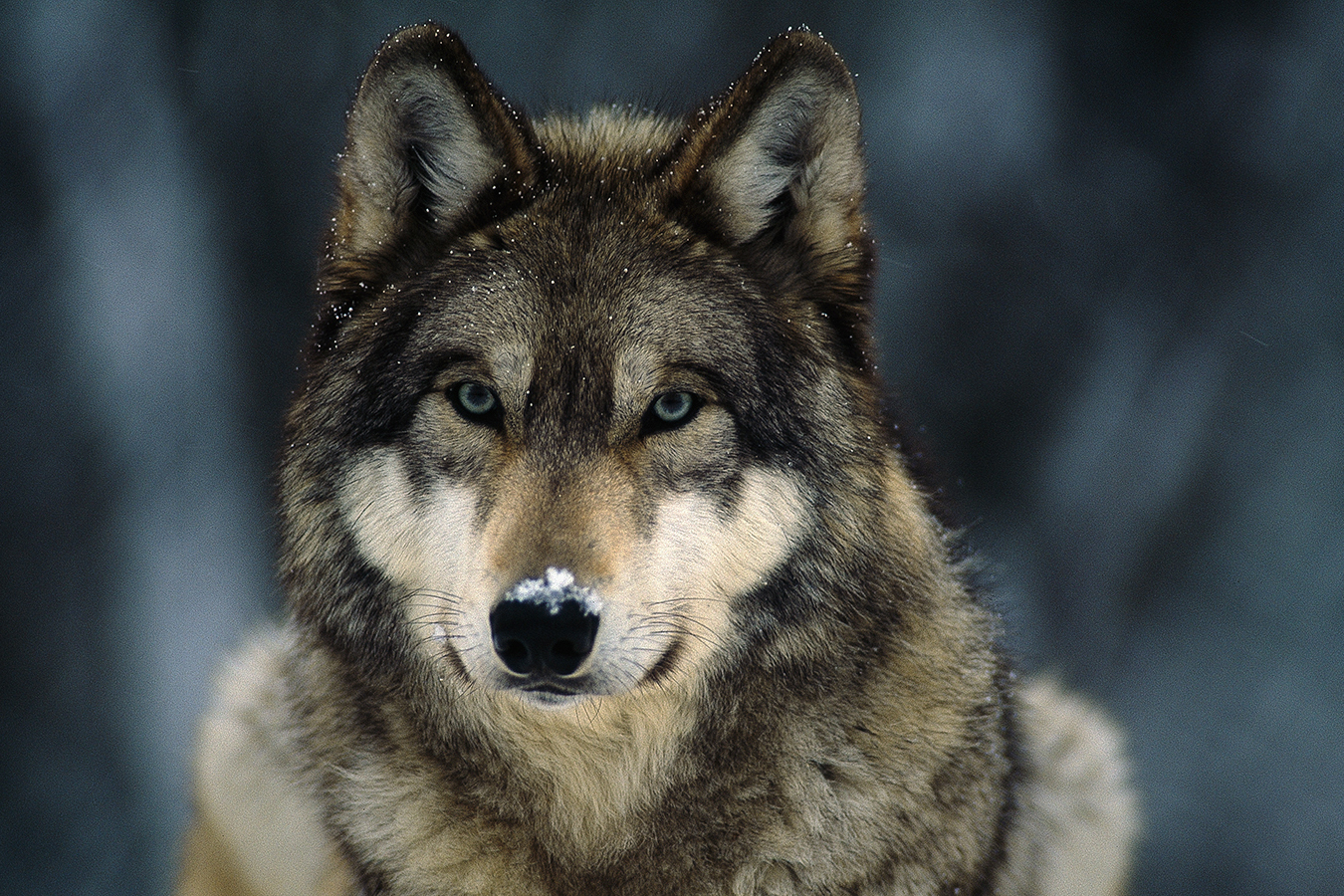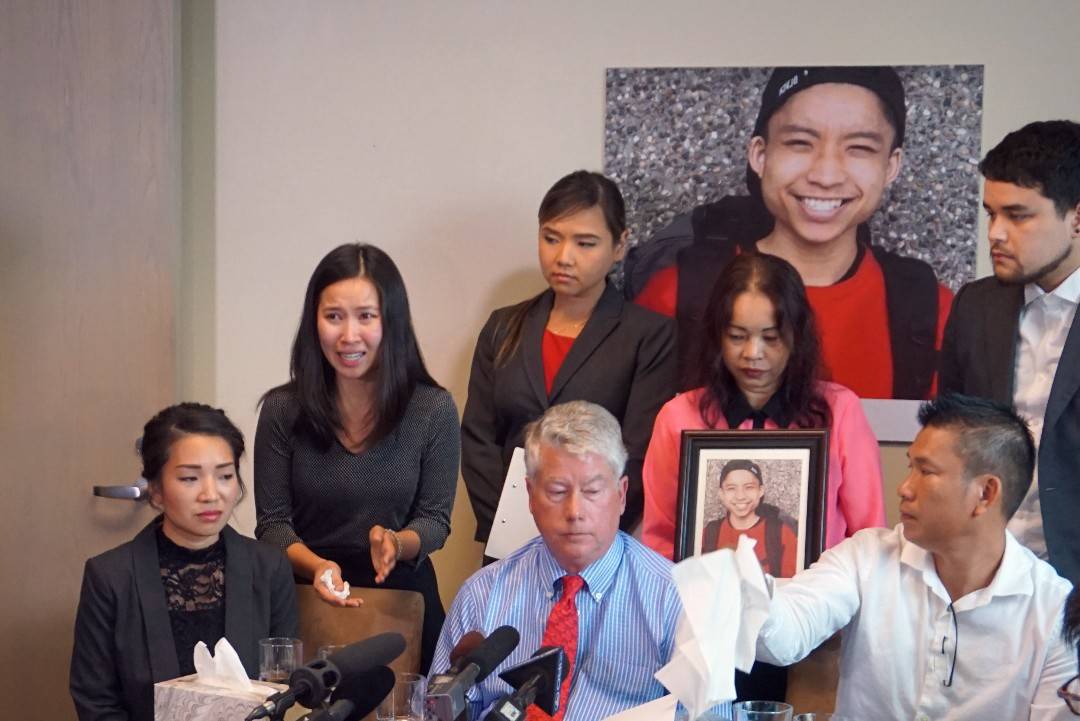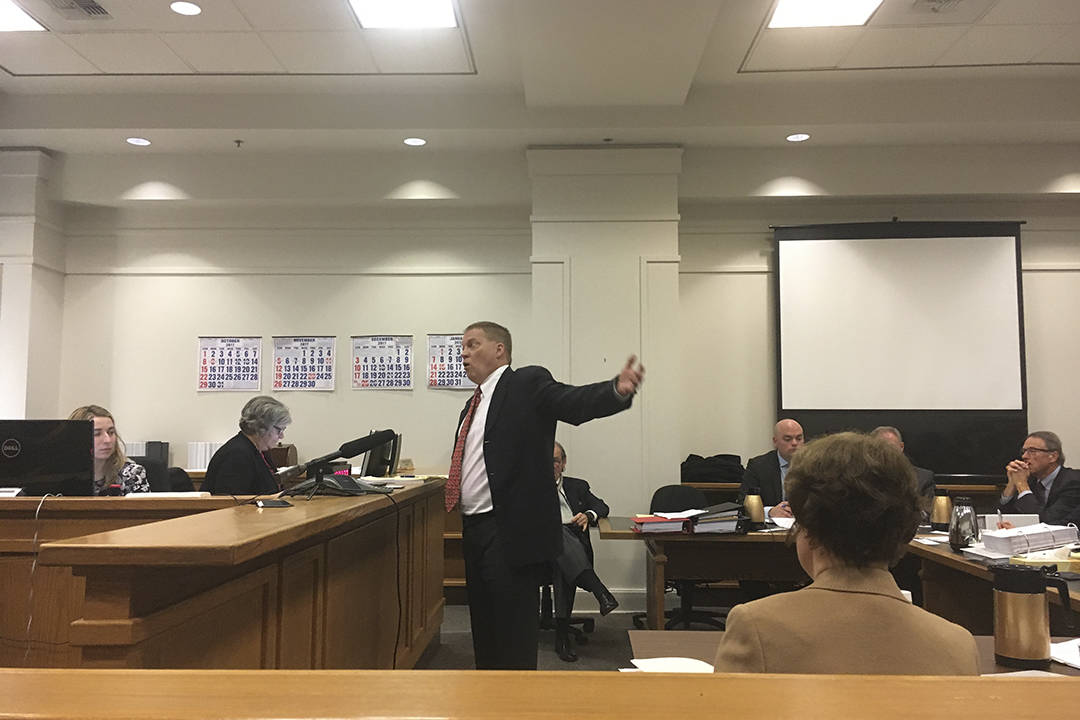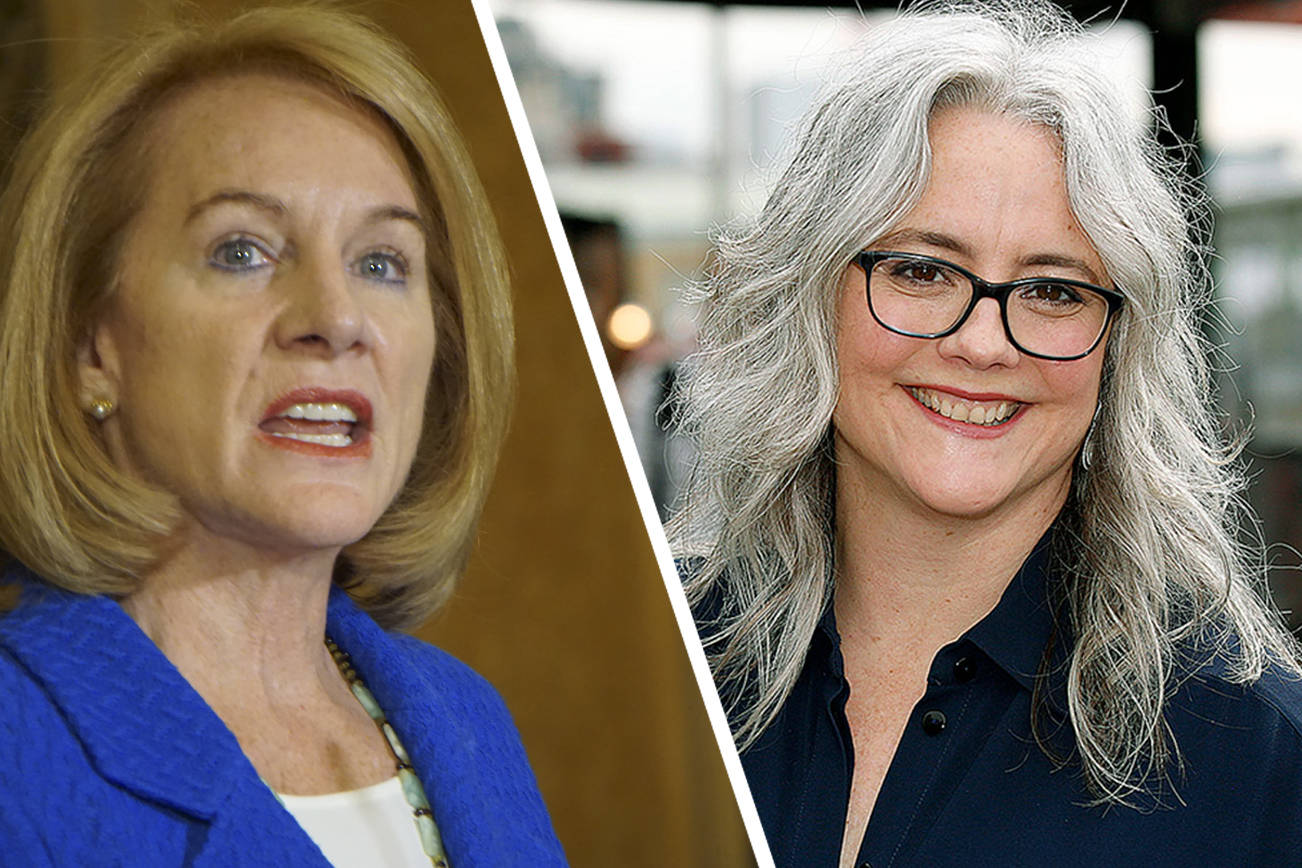When news spread today that the Washington Department of Fish and Wildlife planned to kill an entire pack of wolves in Northeastern Washington on account of cattle depredations, the story was presented as one of wildlife agencies facing off against environmentalists.
“By no stretch of the imagination can killing 12 percent of the state’s tiny population of 90 wolves be consistent with recovery,” said Amaroq Weiss, of the Center for Biological Diversity, told the Associated Press Thursday. Weiss correctly noted that the cattle that the wolves had killed were grazing on public land in well-known wolf habitat, a veritable trap to get wolves in trouble.
But a slate of conservation groups are pushing back on that narrative, supporting the removal of the wolves and citing what they say is a sad fact of wolves on the landscape: When they start killing livestock, it’s not a matter of if they’ll be killed, but who will be doing the killing. They fear that if wolves who have learned to hunt livestock are left unaddressed, ranchers will take things into their own hands and poach them. It’s a practice known as “shoot, shovel, and shut up,” and it’s a well known reality in rural corners of the West.
The pack in question carries the improbable name of the Profanity Peak Pack. Wildlife officials believe the pack has killed or injured as many as 11 cattle this summer in repeated attacks on the herd. In a joint statement release on Tuesday, Conservation Northwest, Wolf Haven International, Defenders of Wildlife and the Humane Society of the United States called the removal of the pack “deeply regrettable” but nonetheless justified.
“We remain steadfast that our important goals remain the long-term recovery and public acceptance of wolves in our state alongside thriving rural communities,” the groups said in the statment. “In the meantime, we ask our community and the citizens of Washington State and beyond to engage in respectful and civil dialogue as we work through these challenging events. We believe that ultimately we can create conditions where everyone’s values are respected and the needs of wildlife, wildlife advocates, and rural communities are met.”
Chase Gunnell, a spokesman with Conservation Northwest, laid out for Seattle Weekly his group’s thinking.
Gunnell argues that the killing of the pack—which number 11 wolves—is a necessary evil that will help keep ranchers on board with overall wolf recovery efforts in the state.
“Many of the ranchers we work with or talk to and sit at the table with, they come from a perspective of being on the landscape for decades. This is a new challenge for them, and we want to help them to work through that,” he says. “We don’t want this to be an insurmountable thing.”
The goal, Gunnell says, is to foster a level of tolerance for wolves among ranchers.
“If you don’t have that tolerance for these creatures, that recovery is jeopardized in the long run,” he says, adding that “poaching is a huge part” of that.
The removal of the pack is being done in accordance with wolf removal protocol established in the wolf management plan, which Conservation Northwest was a party in crafting.
That protocol and plan must remain legitimate if ranchers are to remain on board, Gunnell says.
The protocol will get an examination this winter following the end of grazing season; it’s too early to say whether Conservation Northwest will pursue changes to the protocol, Gunnell says.
According to a WDFW email sent to stakeholders on Thursday afternoon, six of the 11 wolves have already been killed. The removal operation is ongoing.
dperson@seattleweekly.com








